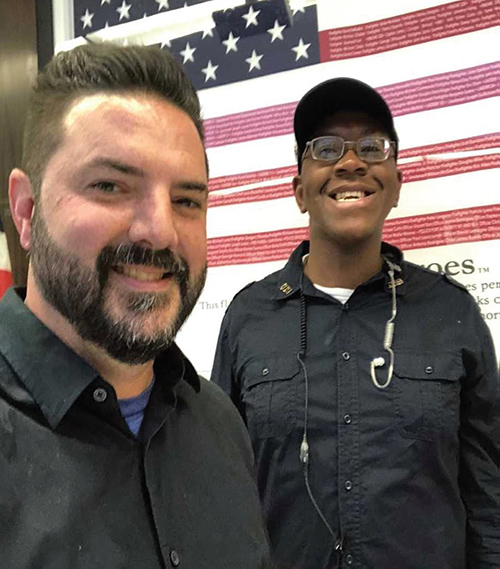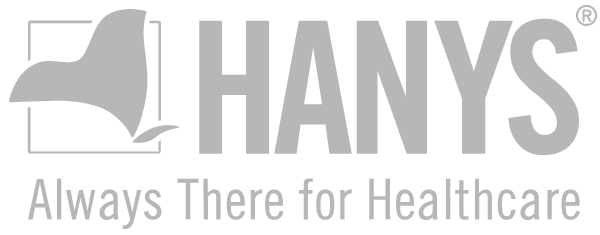Staff-focused program of individualized care enhances workplace safety at Maryhaven Center of Hope
Staff training, personalized de-escalation techniques and improved debriefing sessions led to improved outcomes

Catholic Health Services’s Maryhaven Center for Hope had a goal: prevent staff and client injuries.
A year after implementing a new program, the results are impressive, with measurable improvement across the board.
The key to Maryhaven’s success didn’t come from an incredible breakthrough or new technology.
It didn’t require new equipment or an increase in staff.
Success was achieved by refocusing mostly pre-existing practices around a Maryhaven value — providing individualized care.
Standard techniques, individualized applications
Taking an individual-centered approach to care for people with developmental disabilities is central to Maryhaven Center of Hope’s mission.
“It shouldn’t be that what works for one works for all,” said Keith Frain, assistant vice president of program services education and residential at Maryhaven Center of Hope.
To increase staff and consumer safety, Maryhaven began by incorporating individualized care into its de-escalation training. Using principles and concepts adapted from the New York State Office for People with Developmental Disabilities’ PROMOTE curriculum, Maryhaven created its own training program that incorporated individual-specific elements.
“We used individuals’ behavior plans to steer the de-escalation training instead of the traditional standardized way to approach agitated behavior,” Frain said. “The techniques remain the same across the board, but how we apply the techniques is very person-specific.”

Emphasizing staff value
Changes in training only go so far. To get results, you need your staff on board. Maryhaven achieved this, in part, by incorporating staff feedback into the training process.
“We’re really proud of them for all their hard work — to take these ideas and bring them to life,” Frain said.
Individuals who work together were also trained together in an effort to help them better function as a unit and improve their ability to support one another during difficult times.
Understanding the why
The goal of de-escalation is to avoid physical conflict or self-harm altogether. But what about when de-escalation isn’t successful? That’s where the importance of debriefing comes into play.
“We learned we needed to keep learning,” Frain said.
Talking through why a behavior escalated after the fact can help improve future outcomes. It also serves as a way to support staff who were impacted in the crisis moment.
In addition to training staff, management received training on how to best support their employees dealing with the emotional and physical stress that can result from working with individuals exhibiting challenging behaviors.
Improved outcomes for staff and individuals
Helping individuals de-escalate, without reaching the point of aggression, increases their ability to play a more meaningful role in their community.
“At Maryhaven, we’ve put a lot of emphasis on teaching staff how to create social and supportive environments,” Frain said, “and when we do that and we do that well, you really see, whether it’s a home or a day program, you really see [individuals] living their best lives.”
After implementing new de-escalation training and debriefing standards, Maryhaven has seen a decrease in frequency of aggression and use of physical interventions, and an increase in staff safety and retention.

Continually striving for improvement
The work isn’t done at Maryhaven. Even as they’ve achieved success they continue to look for areas of improvement.
“We keep trying and we make changes as needed and continue to get feedback from all of our staff,” Frain said.
The program has been shaped, supported and implemented by team members across the board, from staff, nurses and clinicians to behavior specialists, managers and administrators. To reach the level of success it’s achieved has required buy-in from all levels.
“It truly is a team effort here,” Frain said. “We’re pretty proud of the work we put in, and it’s extra special to see data supporting what you’re doing.”
The results
- Use of restrictive physical interventions down 23% across the agency
- Seventeen of 29 sites saw reduction of challenging behaviors
- Overall agitated behaviors down 23%
- Staff injuries down 35%
- Workers compensation claims and premiums down 31%

